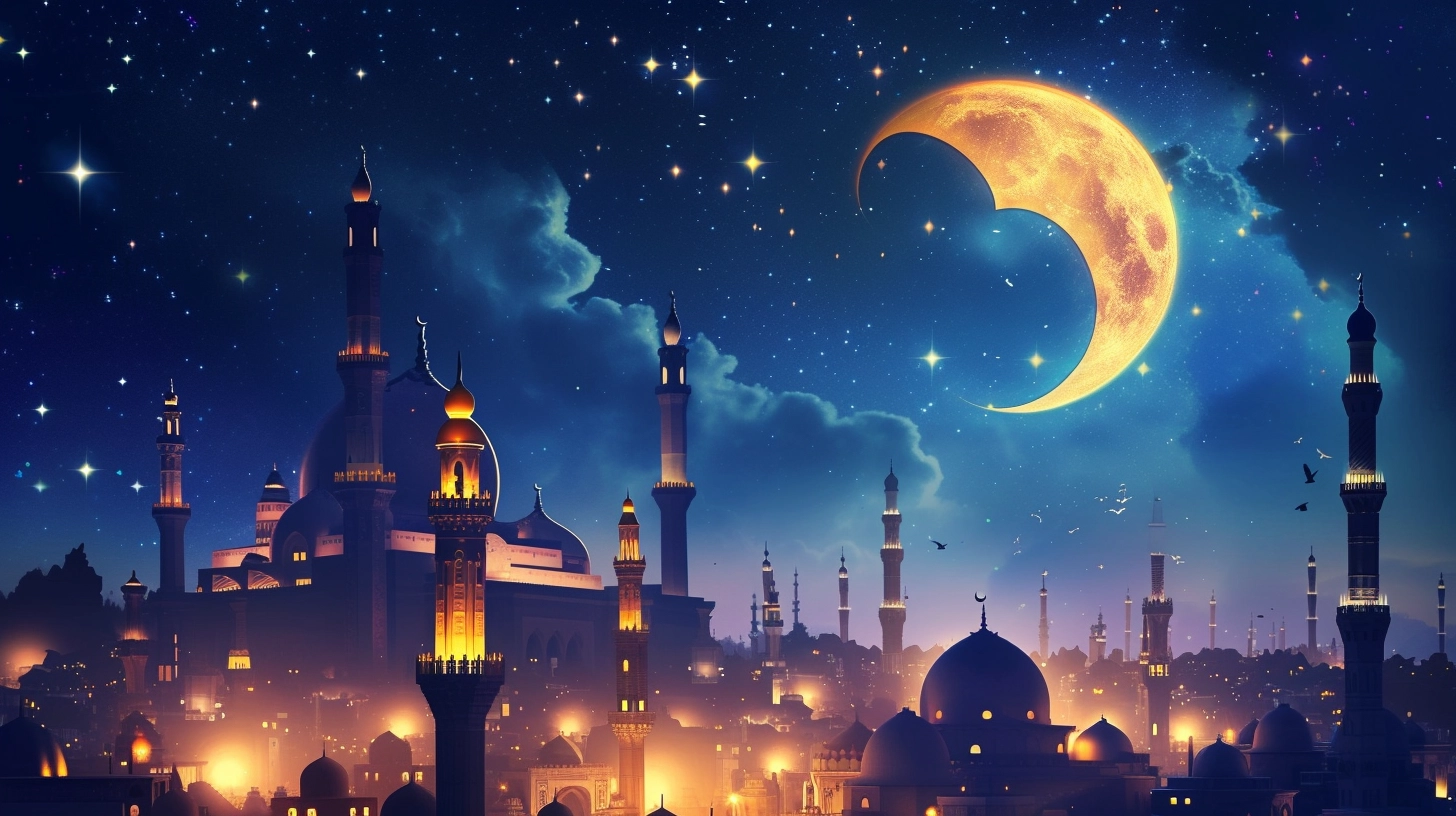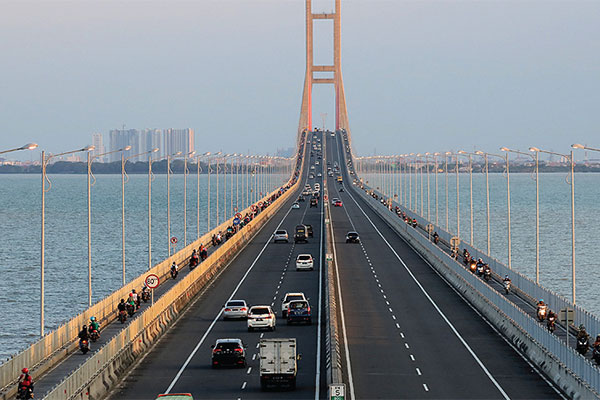
Eid celebration is a festive time for Muslims around the world. Marking the end of Ramadan, the holy month of fasting, Eid is a time of joy, gratitude, and community. From the streets of Morocco to the mosques of Malaysia, Muslims come together to celebrate with vibrant traditions and customs that reflect their diverse cultures. In the Middle East, families gather for lavish feasts, exchange gifts, and dress in their finest attire for the occasion.
The spirit of charity is also particularly strong during this time, with many Muslims giving to the hometogel less fortunate. In South Asia, Eid is a colorful affair, with bazaars adorned with lanterns, sweets, and traditional clothes. It is a time for families to come together, share special meals, and exchange heartfelt hugs and greetings. In Africa, you’ll find the rhythm of drums and the beats of music filling the air as communities engage in lively dances and performances. Mosques are beautifully decorated, and children receive small gifts as a sign of blessings and goodwill. No matter where it is celebrated, Eid is a time of unity, reflection, and renewal for Muslims worldwide. It’s a beautiful reminder of the importance of faith, family, and cultural traditions.

Contents
- 1 Eid Celebrations Traditions and Customs
- 2 Eid Celebrations in Different Countries
- 3 Eid Celebrations: Al-Fitr Vs. Al-Adha
- 4 Unique Traditions Around the World
- 5 Famous Eid Celebrations and Festivals
- 6 Eid Recipes and Traditional Foods
- 7 Eid Fashion and Clothing
- 8 Gift-Giving and Charitable Acts
- 9 The Significance Globally
- 10 Author
Eid Celebrations Traditions and Customs
Eid, one of the most significant religious observances in the worldwide Muslim calendar, is a joyful time of reunion and celebration. Rooted in traditional customs and rites, it is a time for Muslims to strengthen their ties, show appreciation for their blessings, and share their happiness with others.
The observance of Eid is marked by several traditions and customs, many of which date back to the time of the Prophet Muhammad. The day begins with a special prayer known as the Salat al-Eid, performed in congregation. This prayer is followed by a sermon and a supplication asking for God’s forgiveness, mercy, peace, and blessings.
Another significant Eid tradition is the giving of Zakat al-Fitr, a form of charity given to the poor before the Eid prayer. This act of giving symbolizes purification and enables those less fortunate to join in the festivities. Muslims are also encouraged to forgive and forget any differences or past quarrels during this time of celebration.
Eid Celebrations in Different Countries
Eid is celebrated with great enthusiasm and fervor across the globe, with each country adding its unique cultural flavor to the festivities.
In Saudi Arabia, the birthplace of Islam, Eid is a grand occasion. The streets of Mecca and Medina are filled with worshippers, and the air resonates with Takbir (the Arabic phrase “Allahu Akbar,” meaning “God is the greatest”).
In Indonesia, the world’s largest Muslim-populated country, Eid, known as Lebaran, is marked by a mass exodus as millions travel back to their hometowns for a family reunion. The celebration also includes a tradition of mutual forgiveness, known as Halal Bihalal.
In Egypt, Eid is a time of social gatherings, feasting, and music. Many Egyptians enjoy a special dessert known as Kahk, a sweet cookie filled with nuts and covered with powdered sugar.
Eid Celebrations: Al-Fitr Vs. Al-Adha
While both Eids are times of joy and celebration, they hold different religious significances and are celebrated in different ways.
Eid al-Fitr, or “Festival of Breaking the Fast,” marks the end of Ramadan, the holy month of fasting. It is a time for Muslims to show gratitude to Allah for the strength to complete the fast. The day is marked by the giving of Zakat al-Fitr, a form of charity, and a special prayer at the mosque.
Eid al-Adha, or “Festival of Sacrifice,” commemorates the willingness of Prophet Ibrahim (Abraham) to sacrifice his son as an act of obedience to God. It coincides with the annual Hajj pilgrimage and involves the ritual of sacrifice, where a sheep or a goat is slaughtered and distributed among family, friends, and the needy.
Unique Traditions Around the World
Eid festivities worldwide are characterized by unique traditions that reflect the rich cultural diversity of the Muslim community.
In Turkey, children often go door-to-door, singing songs about Eid and receiving candy and small amounts of money in return, similar to Halloween trick-or-treating in the West.
In Pakistan and Bangladesh, henna artists have a field day as women and girls adorn their hands and feet with intricate henna designs. In addition, traditional games and kite flying add color and excitement to the festivities.
In Ethiopia, men participate in a sport called Gena, a traditional stick-fighting game, on Eid al-Adha, while women prepare a special bread called Dabo.

Famous Eid Celebrations and Festivals
Certain places are known for their extravagant Eid celebrations, attracting Muslims and non-Muslims alike from all corners of the globe.
The Eid Festival in London is one such event, a vibrant celebration that showcases the diversity of the Muslim community in the UK. The festival includes a range of activities such as live music, workshops, exhibitions, and a food market featuring cuisine from across the Muslim world.
In Dubai, the city comes alive with fireworks, concerts, and carnivals during Eid. The Dubai Mall, the world’s largest shopping mall, hosts a variety of events and offers for shoppers.
Eid Recipes and Traditional Foods
Food is a central part of Eid celebrations. From sweet vermicelli in South Asia to baklava in the Middle East, each region has its traditional dishes associated with Eid.
In Morocco, a special cookie called “Kaab el Ghazal” or “Gazelle’s Ankle” is a staple for Eid al-Fitr. In Turkey, a traditional Eid breakfast may consist of cheese, olives, sucuk (a dry, spicy sausage), pastries, and boiled eggs.
In Indonesia, Ketupat (rice cakes) and Opor Ayam (chicken curry) are commonly served during Eid. In Pakistan, Sheer Khurma, a sweet dish made from vermicelli, milk, and dates, is a must-have on Eid morning.
Eid Fashion and Clothing
Eid is an occasion for Muslims to dress up in their finest clothes, often choosing traditional attire that reflects their cultural heritage.
In the Middle East, men wear a thobe, a long white robe, while women dress in beautifully embroidered abayas. In South Asia, women often wear a shalwar kameez, a traditional outfit consisting of a tunic top and loose trousers, often elaborately embroidered or decorated with sequins and beads.
In Southeast Asia, men and women wear a Baju Melayu and Baju Kurung, traditional Malay costumes, in a variety of colors. In West Africa, the Dashiki, a colorful garment, is often worn during Eid.
Gift-Giving and Charitable Acts
Eid is also a time of giving and receiving gifts. It’s common for children to receive new clothes, toys, or money from their elders. Some families exchange gifts among themselves, while others donate to charity.
Charity, or Zakat, is one of the five pillars of Islam and is especially emphasized during Eid. Many Muslims choose to give to the less fortunate during this time, whether it’s in the form of food, clothing, or money.

The Significance Globally
Eid is more than just a religious festival. It’s a global celebration that transcends geographical boundaries. It brings together people of all walks of life in a spirit of peace, harmony, and brotherhood.
Eid is a time for Muslims to reflect on the teachings of their faith, renew their commitment to Allah, and express their gratitude for the blessings they have received. It’s a time for families to come together, for communities to celebrate, and for the spirit of charity to shine. If you enjoyed exploring the rich tapestry of Eid traditions and customs, we invite you to delve into another vibrant cultural phenomenon with our article about the IPL (Indian Premier League), where cricket and entertainment collide in a spectacle that captivates millions. Discover more about the IPL and immerse yourself in the excitement of this iconic sporting event.






